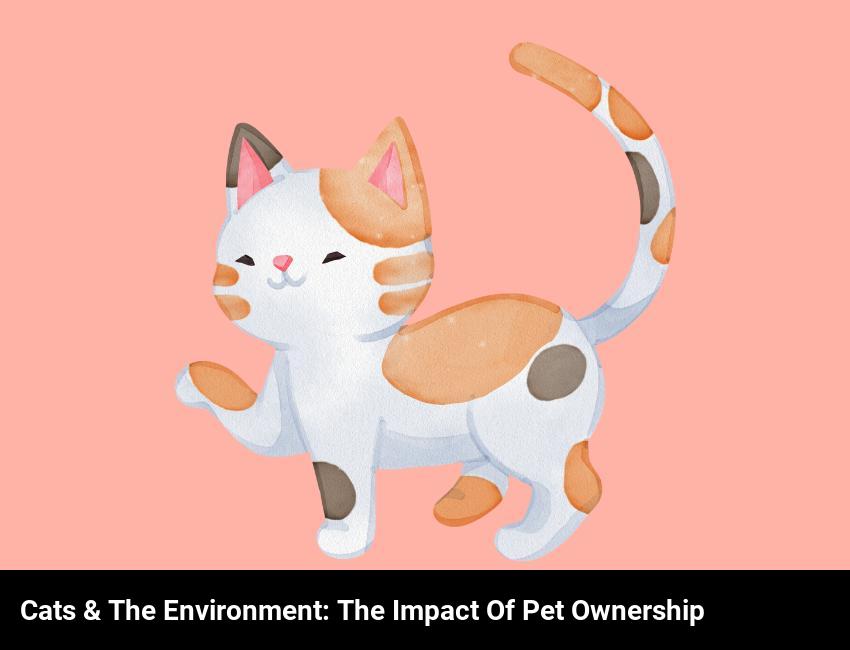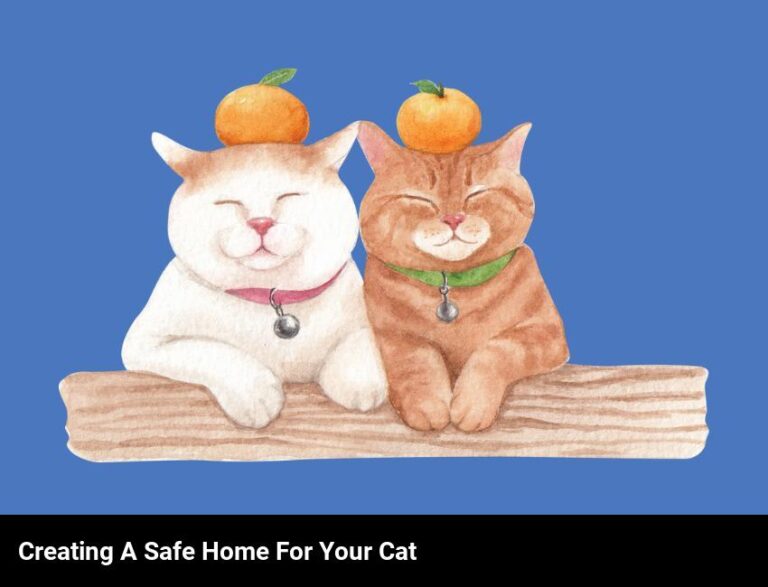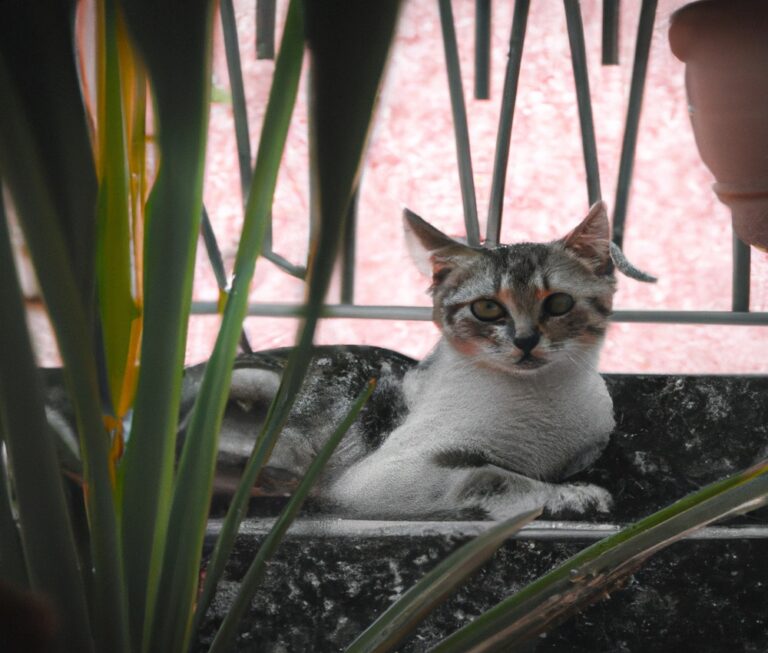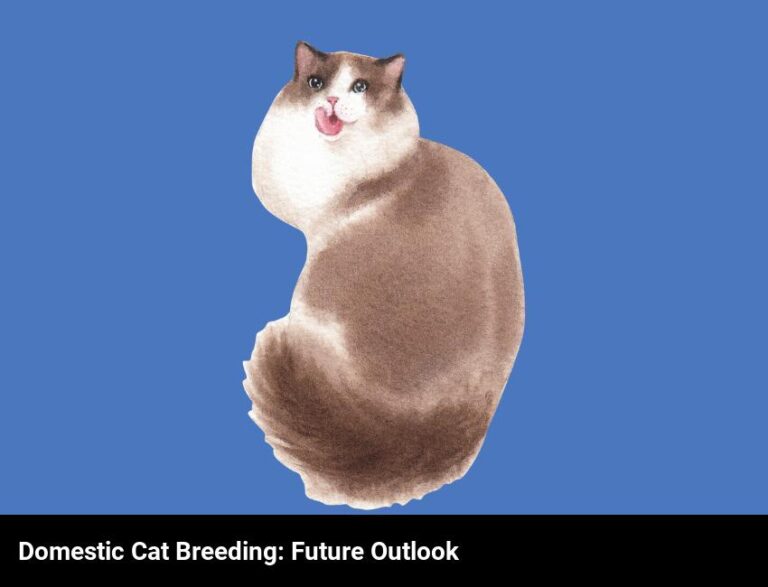The Environmental Impact Of Keeping Cats As Pets
Keeping cats as pets can have a positive environmental impact. Cats help to control the rodent population, which can reduce the need for chemical pesticides. They also have a small carbon footprint, as they require less resources than other pets.
As a cat lover, I’ve always been passionate about understanding the environmental impacts of keeping cats as pets. After all, I want to ensure that my furry friend is living in a safe and healthy environment. That’s why I decided to research the environmental costs of owning a cat and the pollutants they might contribute to the environment.
I was surprised to find out that there are actually a lot of sustainable practices that cat owners can adopt, and that there are various green initiatives that we can take to protect the environment. I discovered that there are several sustainable cat products available, which can help reduce our pet’s environmental impact.
In this blog, I’ll explore all of these topics in detail, and provide practical tips to help cat owners reduce their pet’s environmental impact.
What are the environmental costs of owning a cat?
Owning a cat can have a surprisingly large environmental impact. From the food they eat to the litter they use, cats leave a big footprint.
When it comes to food, cats require a diet rich in vitamins, minerals, and proteins. Unfortunately, this usually means buying commercially-prepared food, which often contains a lot of packaging and is made with unsustainable ingredients. This means that cats contribute to the production of greenhouse gases and air pollution.
Cats also require litter, the majority of which is not biodegradable. So, if your cat is using a traditional clay-based litter, you’re contributing to the amount of waste that finds its way into landfills.
The most eco-friendly way to own a cat is to get one that is already spayed or neutered. Unfortunately, cats reproduce at a rapid rate, with one female cat having the potential to produce over 200 kittens in a lifetime. By spaying or neutering your cat, you’re preventing unnecessary over-population, which in turn helps to reduce the environmental impact of owning a cat.
Finally, cats require a lot of energy to keep clean and healthy. If your cat is an indoor cat, they require a lot of energy to heat and cool their environment. This means that cats contribute to your household’s energy consumption, and therefore, the amount of greenhouse gases released into the atmosphere.
In conclusion, owning a cat has a significant environmental cost. If you’re a responsible cat owner and you take the steps necessary to limit your pet’s environmental impact, you can make a big difference. By feeding them sustainably-sourced food, using biodegradable litter, and spaying and neutering your cat, you can help minimize the environmental impact of owning a cat.
What kind of pollutants do cats contribute to the environment?
Yes, cats do have an environmental impact, but it’s not as large as you might think. The main environmental pollutant cats contribute to is their waste. Cats produce waste in the form of urine and feces, which contain nitrogen and phosphorus. When these pollutants enter waterways, they can cause an increase in algae and aquatic plant growth, which can lead to further environmental problems.
Cats also produce litter, which goes into landfills. The plastic litter trays and bags used to collect the waste can also be a source of pollution. The good news is that there are eco-friendly alternatives, such as biodegradable litter trays and biodegradable bags.
Cats also create noise pollution, especially if they’re allowed to roam outdoors. This can be a nuisance to neighbors and can also disturb wildlife. If you’re a cat owner, the best way to reduce this kind of pollution is to keep your cat indoors.
Finally, cats are known to be predators of some small animals. This can have a negative impact on the environment, as small animals are often important for the health of ecosystems. However, if you keep your cat indoors, this won’t be an issue.
Overall, cats can have an environmental impact, but it’s generally not as large as many people think. With a few simple steps, such as using biodegradable litter trays and bags and keeping your cat indoors, you can reduce the environmental impact of keeping cats as pets.
How can cat owners reduce their pet’s environmental impact?
As a cat owner, you can reduce your pet’s environmental impact in a few easy ways.
First, opt for organic or natural pet food. Conventional pet food is often made with animal products that are not sustainably sourced. Instead, look for pet food made with organic, non-GMO, and sustainably-sourced ingredients.
Second, try to buy toys and other products made from sustainable materials. For instance, you can buy toys made from materials that are biodegradable, such as hemp or bamboo. You can also look for products made from recycled materials.
Third, switch to natural litter. Avoid litter made with clay, as it is a non-renewable resource. Instead, use litter made from sustainable materials such as paper, corn, or wood.
Fourth, consider getting your pet spayed or neutered. This will help reduce the number of unwanted cats, which in turn helps reduce the amount of resources used to care for them.
Finally, consider adopting a cat. Adopting a cat from a shelter or rescue organization is a great way to reduce the number of cats in the world and save a life in the process.
By making simple changes to your cat’s lifestyle, you can reduce their environmental impact and help make the world a better place for cats and their owners.
What kind of sustainable practices can cat owners adopt?
As a responsible cat owner, you want to make sure that your pet is living in an environment that is as sustainable as possible. Here are some great ways to make sure your cat’s paw-print is as light as possible:
First off, switch to eco-friendly cat litter. Cat litter is usually made from clay and other non-renewable resources, but there are sustainable alternatives that use recycled paper, wood, and even wheat. Not only are these options better for the environment, but they are often better for your cat’s health, too.
Speaking of health, you can also reduce your cat’s environmental impact with a healthy diet. Look for cat food that uses sustainable sources of protein and other ingredients, such as sustainably-farmed fish and free-range chicken. Not only will this be better for the planet, but your cat will be healthier and happier too.
You should also consider using natural cleaning products for your cat’s litter box. Just like with human cleaning products, these can be full of harsh chemicals that are bad for both your pet and the environment. Instead, look for natural, chemical-free cleaning products that are safe for your cat and the planet.
Finally, think about investing in some sustainable cat toys. Many of the conventional toys we buy for our cats are made from plastic, which is far from sustainable.
What kind of sustainable cat products are available?
Keeping cats as pets can have a significant impact on the environment, but there are ways to reduce this effect. One of the easiest and most effective ways to do this is to look for sustainable pet products for your cats.
These sustainable cat products are made from natural materials and are designed to last. Reusable litter boxes, for example, can be a great way to reduce waste and save money in the long run. Look for litter boxes made from recycled materials or natural materials like bamboo.
Cat toys are another item you can focus on when looking for sustainable cat products. Look for toys made from natural fabrics like cotton and wool, or materials like hemp or jute. Avoid products that contain plastic or synthetic materials.
Food is another area you can focus on when looking for sustainable cat products. Look for canned cat food that is made with sustainable ingredients and is free from preservatives, fillers, and by-products. Look for dry cat food made with sustainable ingredients and with minimal packaging.
Finally, look for sustainable cat beds and accessories. Cat beds made from natural materials like bamboo, hemp, and cotton can be a great choice for your cats. Look for cat beds that are machine washable and made from eco-friendly fabrics.
By choosing sustainable cat products, you can do your part to reduce the environmental impact of keeping cats as pets. Sustainable cat products are available in a wide range of styles and prices, so you can find something that fits your needs and budget.
What kind of green initiatives do cat owners need to take to protect the environment?
If you’re a cat owner, you’re already making a positive contribution to the environment by providing a loving home for an animal. But there are still more green initiatives you can take to make sure your cats have a minimal environmental impact.
Start by investing in quality, eco-friendly cat toys and accessories. Many pet stores now stock toys that are made from sustainable materials and that don’t contain any toxins or harmful chemicals. This is particularly important if your cat is a biter, as some plastics and fabrics may contain hazardous substances.
Recycling is also important. Look for eco-friendly cat litter that’s made from biodegradable materials, like pine or paper. You can also opt for reusable litter box liners that can be washed and reused. And don’t forget to check that any food packaging you buy is made from recycled materials.
When it comes to feeding your cat, try to stay away from processed, canned, or dried products. Not only are these bad for your cat’s health, but they also have a high environmental impact due to the amount of energy and resources that go into producing them. Instead, opt for fresh and organic cat food whenever possible.
Finally, make sure you’re spaying or neutering your cat. This will help to reduce the number of cats that end up homeless on the streets, as well as reducing any environmental impact that your pet may have.
By taking these green initiatives, cat owners can help to protect the environment and ensure that their cats are living a healthy and happy life.
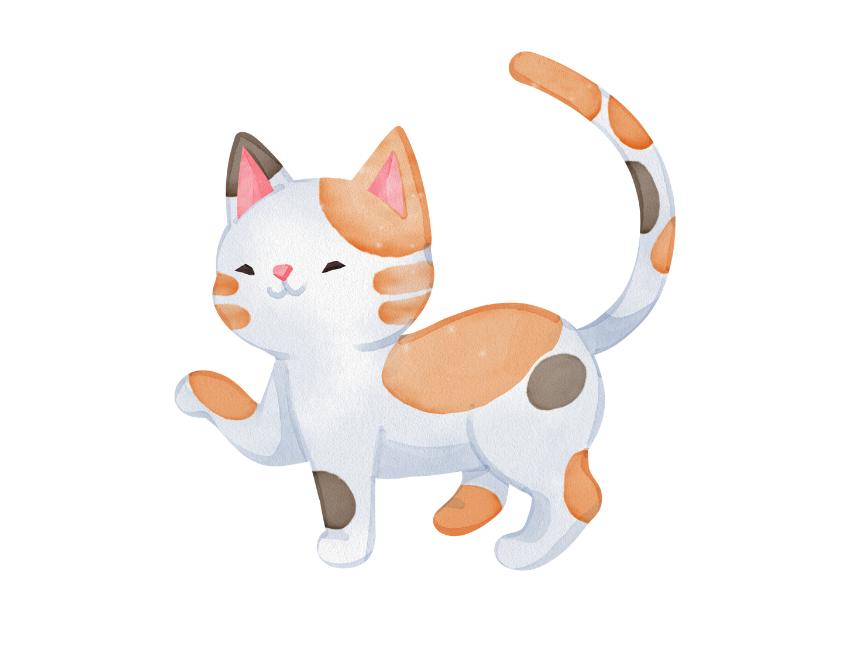
Frequently Asked Questions
How can cat owners reduce their cats’ carbon pawprint?
Cat owners can reduce their cat’s carbon pawprint by making simple changes to their lifestyle. Start by switching to eco-friendly cat food and look for sustainable, locally sourced options. Minimize the use of plastic litter boxes and the amount of litter you use. If possible, transition to a re-usable litter system. Reduce energy consumption by unplugging your cat’s toys when they aren’t in use. Use natural cleaning products and donate or recycle old cat toys and accessories instead of throwing them away.
What are the long-term environmental effects of cats living as indoor pets?
Keeping cats as indoor pets can have long-term environmental effects if not managed properly. Consequently, it is important to ensure that cats are given proper nutrition, regular exercise, and plenty of entertainment. Additionally, proper litter box maintenance is essential to prevent the release of ammonia, a known air pollutant, into the environment. Furthermore, cat owners must make sure to properly dispose of all waste to prevent the spread of disease and contamination of soil and water.
Are there any sustainable pet food options for cats?
Yes! There are plenty of sustainable pet food options available for cats. Many companies now offer organic, healthy, and eco-friendly cat food choices. You can also look for foods made with locally-sourced, natural ingredients, or ones that are free of fillers and by-products. With a little research, you’ll be able to find the perfect sustainable food option for your cat.

